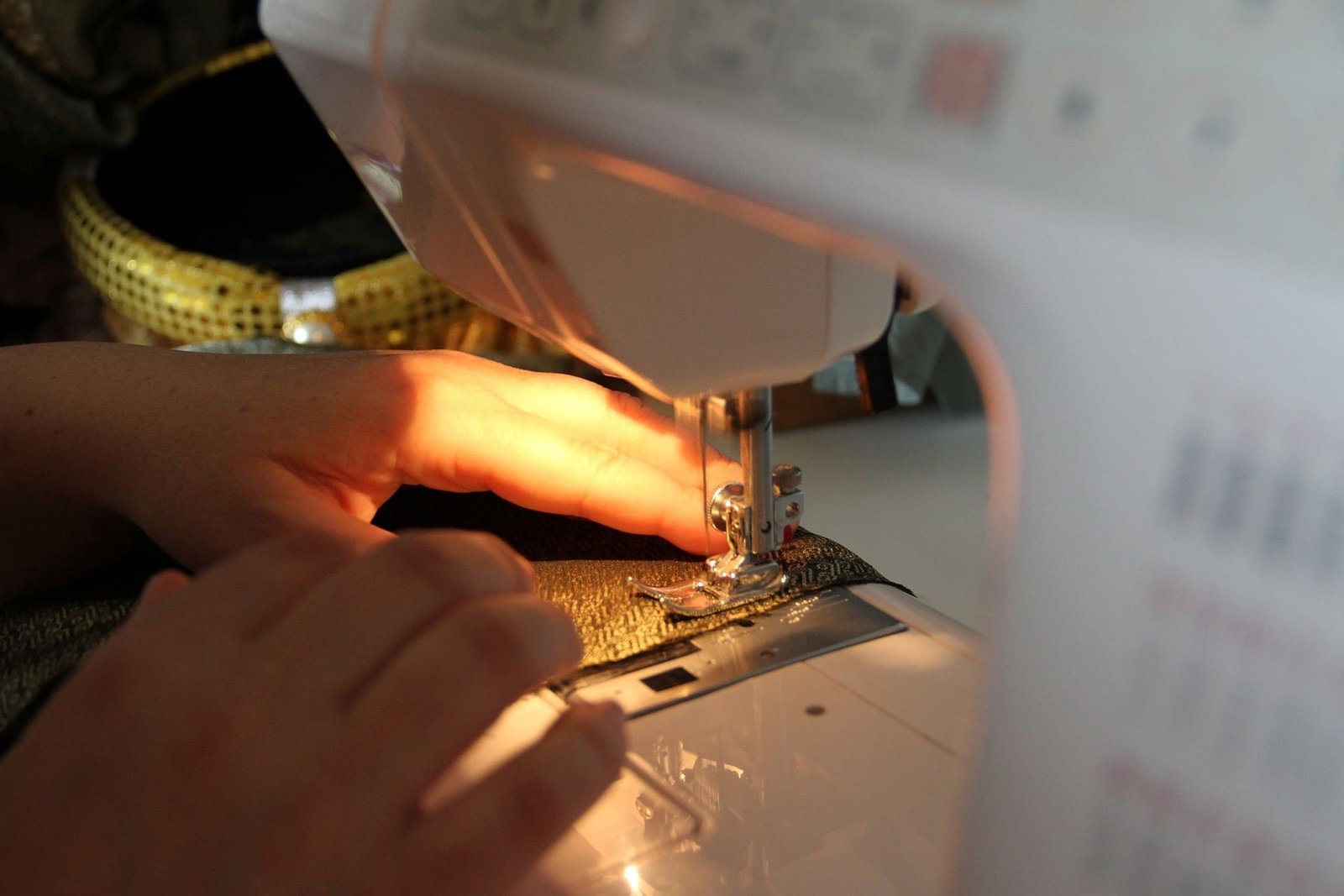According to experts, Asia still holds the top spot in the garment sector. Accounting for 55% of global textiles and clothing exports and employing around 60 million workers, Asian countries’ power in the textile industry can’t be ignored.
That said, protections for textile workers are significantly lacking. Low pay, unbearable working conditions, and unstable factory infrastructures are just a few reasons why this industry’s been deemed dangerous to work in.
Before we offer advice on how business leaders can improve their safety standards, let’s explore the dangers of the textile industry.
The Dangers of The Textile Industry
The textile industry can be truly dangerous for workers. For one, the working conditions in many garment factories are intolerable. Employees work long hours in workplaces that severely neglect environmental factors like air quality, excessive waste, and chemical and energy use.
Textile workers are also working for pennies, many of them making less than $10 a week. Moreover, they’re under massive pressure to produce a lot of clothing in a short amount of time thanks to the rise of fast fashion.
Mind you, many textile companies source their materials and fabrics from unethical suppliers, furthering the negative impact on our planet’s health.
Ultimately, we need more people to expose the harsh realities of working in the textile industry and employers to step up their safety game in their workplaces.
Steps Employers Can Take to Ensure the Safety of Their Workers
We need help from government officials and policymakers to get real change to stick in the textile industry. However, individual employers play an integral role in this movement. Take these steps to ensure worker health and safety are a top priority in your workplace.
Carry out effective safety inspections regularly
Two of the most critical steps in ensuring the safety of your textile workers are establishing health and safety guidelines and regularly carrying out effective workplace safety inspections.
With all of the machinery, materials, tools, and people that work in textile workplaces, there are way too many opportunities for something to go wrong and cause severe injury or illness to your employees.
So, you must document detailed guidelines for safely engaging in each position, with each machine, every material, and so forth. This will help ensure everyone stays safe while working on the floor. It’ll also establish workplace safety and employee satisfaction as primary components of your culture.
Carrying out effective safety inspections regularly is vital as well. These inspections will help ensure you and your workers understand and live by your workplace safety guidelines. Schedule an inspection with a third-party team at least quarterly to stay on track.
Ensure your workers’ holistic health is properly cared for
When you think about the dangers in the textile industry mentioned above, it isn’t hard to imagine how much of a toll they take on a worker’s mental and emotional state.
And when a textile worker’s mental and emotional health isn’t intact, it can lead to safety hazards, a decline in productivity, and disengagement. So, it is wise to ensure your employees have mental health and emotional wellness resources available to them.
For example, provide free or discounted sessions with a therapist or counselor. Ensure your employees work reasonable schedules and hours. Encourage them to use their personal and vacation days to reset. And give them access to any other resources that support their mental and emotional health.
Foster open communication and value honesty
One of the most important things business leaders can do for their textile workers is to encourage open communication and honesty. You want to create space for your workers to be able to tell you when workplace safety is lacking. You also want them to voice their perspectives on worker treatment and how to make the textile industry more just.
So, schedule regular one-on-one and group meetings with your employees to ensure you’re genuinely building that rapport.
The more open and honest your workers are with you and you with them, the easier it will be to create a safer work environment.
Workers can ensure their own safety on the job
Not only is it the responsibility of employers to protect their workers, but it’s also the responsibility of the workers themselves. Textile employees can ensure their own safety on the job by first understanding their workers’ rights.
For example, textile industry workers in the U.S. are protected on the job by worker’s compensation or the Federal Employers Liability Act (FELA) if they work in interstate commerce. In Asian countries like Japan, there’s Worker’s Accident Compensation insurance, and in China, Work-related Injury Insurance.
These programs pay benefits to workers who injure themselves or become ill due to an on-the-job accident or incident. These benefits can include paying for medical expenses, lost wages, or providing death benefits.
Textile workers must dig into their rights and how they’re protected under the law in their countries. Then, they can focus on adhering to workplace safety protocols and practices.
For example, they may need to wear specific safety gear. They’ll need to be diligent about how to work machines properly. They’ll also need to know how to report safety hazards and workplace rights issues.
If you’re a textile worker, take your health, safety, and treatment into your own hands.
Conclusion
Textile workers deserve to be protected and cared for, just like every employee in every industry. Although the textile industry is improving regarding employee treatment, health, and safety, it still presents significant dangers that must be addressed to create a better work environment.
Employers and workers can implement the tips above to work individually and collectively on making their workplaces and the textile industry safer, fairer, and more enjoyable.

